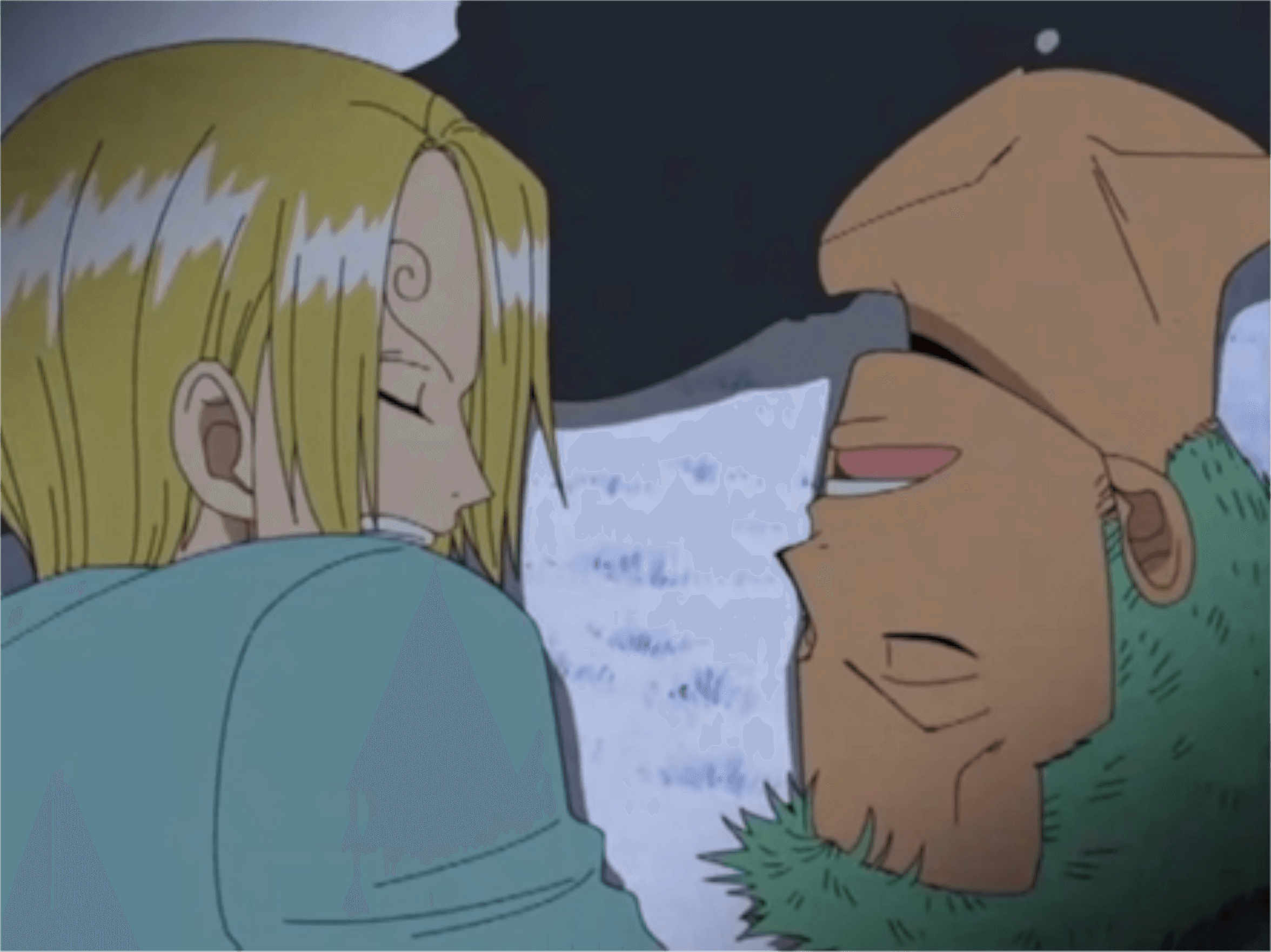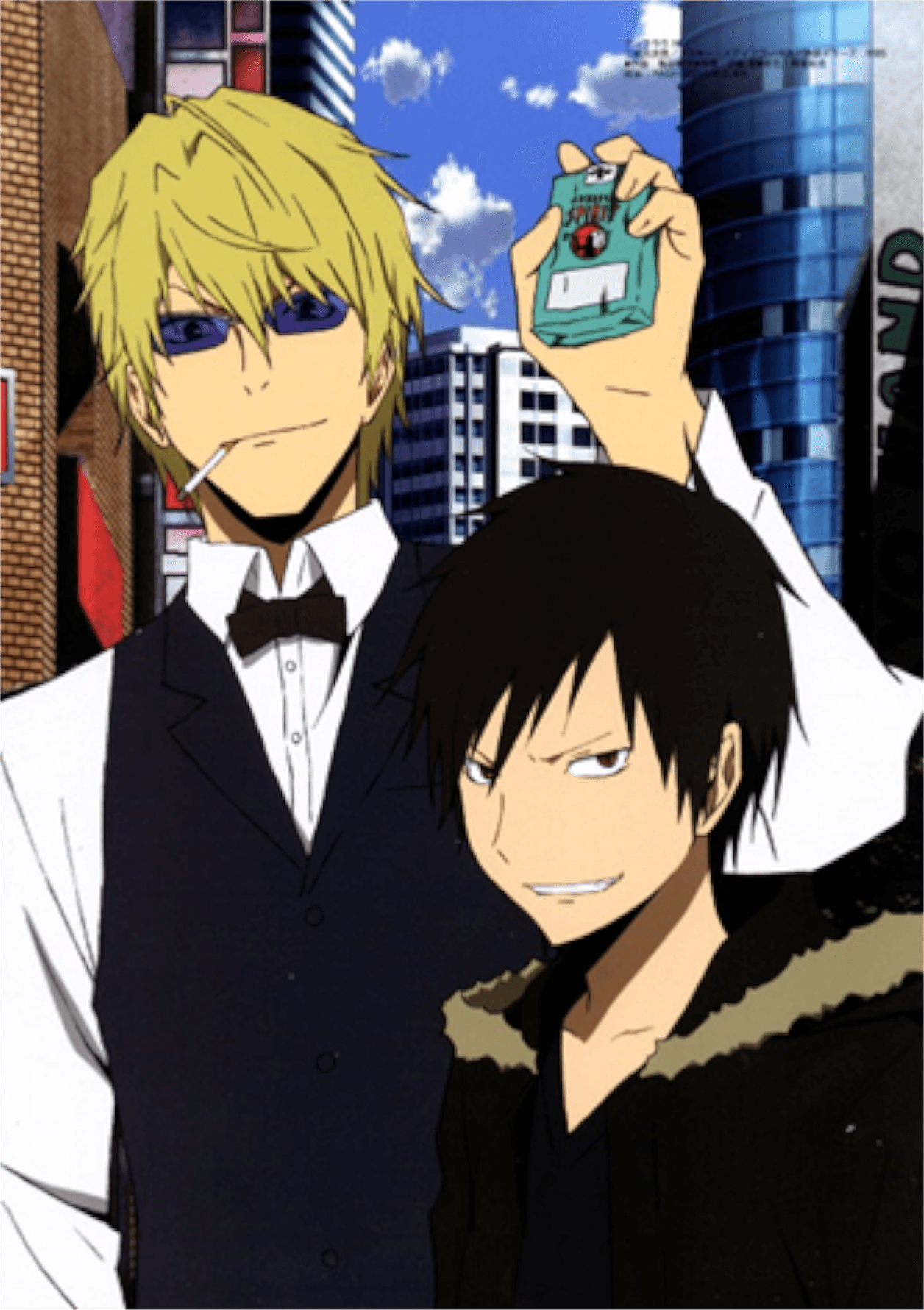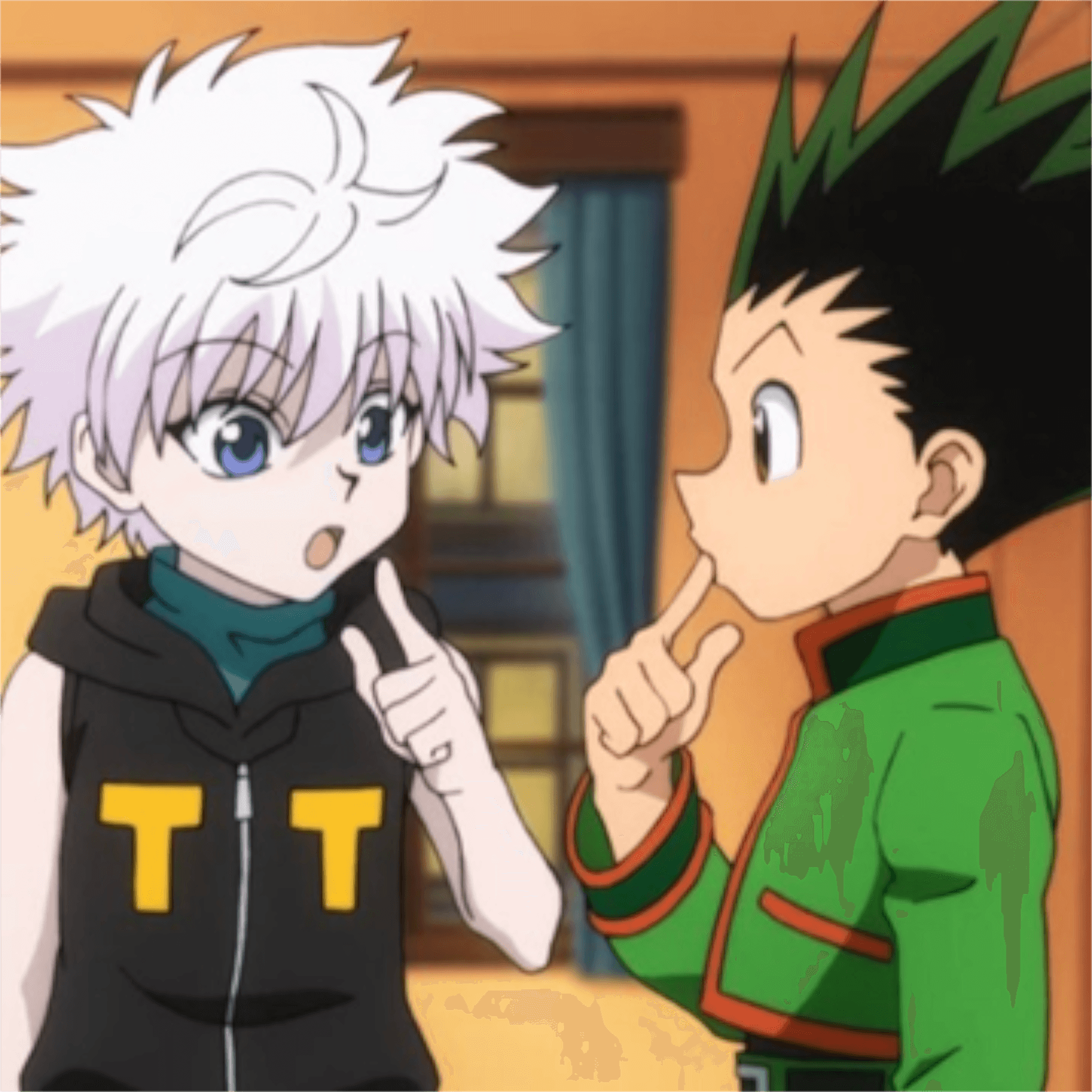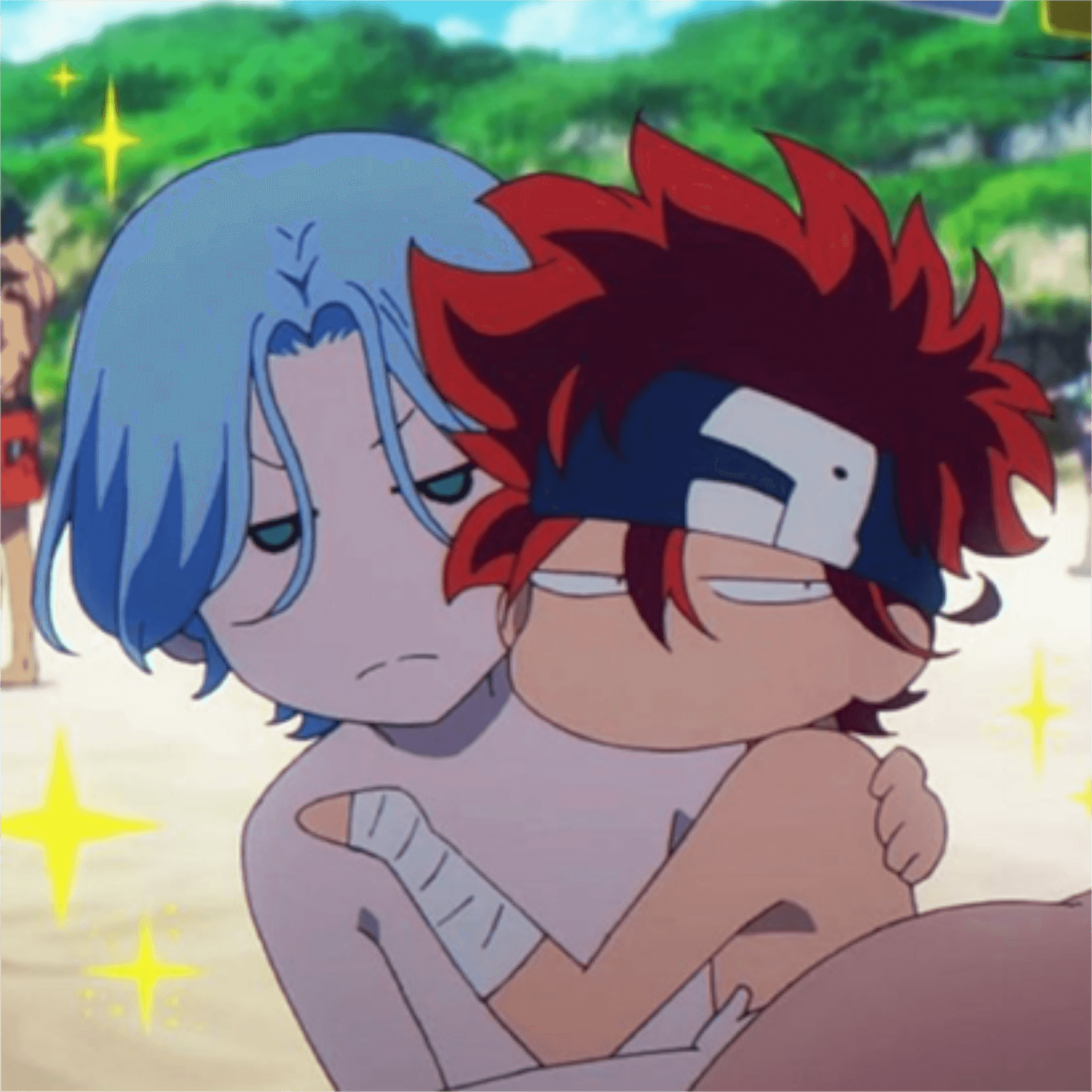Many types of animanga fall under the Shonen category, as the demographic itself caters to young audiences and specifically boys. This may include genres such as sports, adventure, mech, and harem anime.
Here’s how it usually goes: While it might not be intentional, Shonen protagonists typically are assigned a “rival” or “enemy” deuteragonist, usually their opposite in terms of personality, power, or even color scheme. Naruto and Sasuke from Naruto, Law and Light from Deathnote, Bakugo and Midoriya from My Hero Academia, Zoro and Sanji from One Piece, Izaya and Shizuo from Durarara, and Gon and Killua from Hunter x Hunter are prime examples of this dynamic.
Color schemes also play a big part in pairings that make implicit representations. This is especially prominent with the red and blue characters such as Natsu and Gray from Fairy Tail, Langa and Reki from Sk8 the Infinity, Rin and Haruka from Free! Iwatobi Swim Club, Akaboshi and Milo from Sabikui Bisco, and—arguably—Itadori and Fushiguro Megumi from Jujutsu Kaisen.

Naruto and Sasuke
Naruto and Sasuke’s relationship predates back decades in the manga, with their bloodlines marking the start of the chakra clans. Kishimoto invoked the sun and moon aspect with ties to Buddhism, leaving the two to be “fated lovers.” In Sasuke’s first Databook profile, Kishimoto stated that Sasuke “ignored both love and friendship” until Sakura and Naruto came along. Naruto spent the entire latter half of the show and the beginning of Shippuden trying to get Sasuke back. It was only in the end, after an inevitable homoerotic battle, that he could appreciate Naruto as a friend. His loyalty to Naruto transcends in Boruto, where he atones for his crimes by working as Naruto’s right-hand man in the shadows.
Fans and fandom culture are the main catalysts for pairing Naruto and Sasuke, or “Narusasu” for short. On the popular fanfiction hosting site “Archive of Our Own” (AO3), they have the highest number of slash fanfics (fics with explicitly romantic pairings) in the fandom at over 15,000. They are celebrated with “weeks” where writers and artists can express their love for the ship in a seven-day time frame. Narusasu are known for the “fanon over canon” interpretation, despite them being canonically married. They’re like star-crossed lovers who are fated to be together but end up ignoring their gay feelings for each other.

Bakugo and Midoriya
Midoriya and Bakugo are childhood friends—but more like childhood bully and victim. In the middle of the series, Bakugo finally admits his jealousy of Midoriya being close with their hero idol, All Might, from whom Midoriya inherited his quirk. When Bakugo finally calls Midoriya by his first name, he endures the torment from their childhood but has compassion and faith in Bakugo that he will change his ways—which he does by… (insert not-so-minor spoiler).
I don’t think they’d count as “enemies-to-lovers.” This is more like, “I’m jealous of you, so I’m going to bully you even though you like me, and I need serious therapy.” Yet, fans of My Hero Academia still like this trope as it ranked number ten in the 2023 AO3 M/M (males loving males) ship ranking with a whopping 38,000 fics. As of April 1, 2024, they’re at 45,000.
Unlike Kishimoto, I don’t believe it was Horikoshi’s intention to insinuate anything romantic between them. Fans like to jump through hoops and pair them together despite their seemingly blatant incompatibility. However, Bakugo and Midoriya are quite similar despite their differences in personality, with their dedication and desire to be a great hero like All Might.

Zoro and Sanji
Two closeted gays that love to bicker? It’s no surprise that Zoro and Sanji were destined to be paired together. In One Piece, they can be found going at it in almost every episode and manga panel. There are numerous moments where “Zosan” show they rely on each other, despite their incessant name calling (terms of endearment) of “Marimo” and “Ero Cook.”
One example is when, in Wano, Sanji asks Zoro to kill him if he ever goes out of control due to the technology built into his body. Zoro finds it funny at first but undoubtedly would have done what he asked if push came to shove. Oda also puts them in questionable predicaments, as in the episode where they sleep close together, causing Sanji to almost kiss Zoro out of his sleep. Their color palettes are extremely complementary, and they’re on equal footing when it comes to skill (though I believe Zoro is stronger, and yes, that’s me being biased).

Izaya and Shizuo
Your age is showing if you remember these two. If you are part of the older fandom, then you know that Orihara Izaya and Heiwajima Shizuo were the it couple on Tumblr. These two are notorious for bickering to the point where they’re on par with Zoro and Sanji. Shizuo takes none of Izaya’s crap, who relentlessly gets on his nerves to the point where Shizuo attempts to throw objects (and sometimes tries to kill him—jokingly, of course).
While this ship isn’t popular now due to the state of Shonen anime and the decline in popularity of Durarara, they set the standard in the late 2000s and early 2010s for fandom shipping culture, particularly for those who like “enemies to lovers.”

Gon and Killua
Togashi-sensei knew what he was doing when crafting Gon and Killua. Killua knew in his mind that Gon would be for him as soon as he laid eyes on the boy: He helped him through the Hunter exam, prevented him from fighting after his injury in Heavens Arena, helped him in the dodgeball battle at Greed Island, and chose an item after they completed the game to help him find his father. He also got embarrassed when Gon called him a friend.
Killua's dedication to Gon surpasses that of any fanfiction. They are inseparable to the core and the epitome of best friends. We should all take notes from them—minus the one-sided pining, of course.

Langa and Reki
“Hey, bitches, bros, and nonbinary hos!” The director for Free! also directed Sk8 the Infinity, meaning the gay is in full force. Langa and Reki fit both personality and color clashes, with Reki’s boisterous and bubbly personality versus Langa, who’s quiet and soft. In the middle of the show, they have a heated argument, resulting in the two not speaking after the incident because of Reki’s jealousy. It’s evident that Langa admires Reki’s determination to stay in the sport despite not being the best skater in S (an underground illegal skateboarding society). After their feud, he even welcomes Reki back with open arms, thanking him for modifying his skateboard to race against the main antagonist, Adam.
I believe the BL interpretations of these ships are so popular in the West because of how we view friendships between men in an individualistic culture. With platonic affection at an all-time low, even the slightest inkling of a relationship—whether positive or negative—sets off the Yaoi fireworks. This unintentional trend is expected to continue in Shonen animanga (look at Gojo and Geto), as BL fans contribute to the success of the series. But, that’s another conversation for another day. (P.S. Honestly, I think JJK mangaka, Gege Akutami, should write a BL.)



